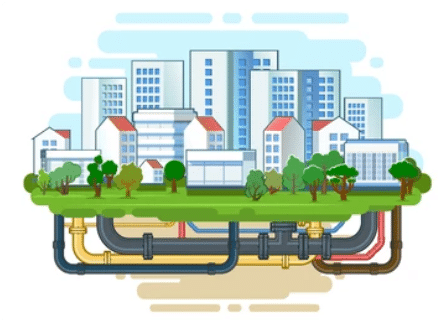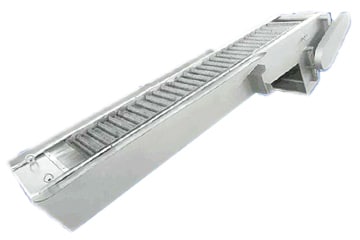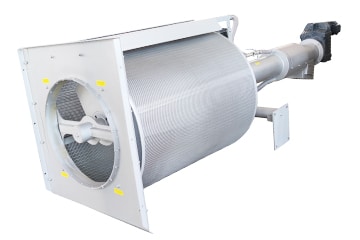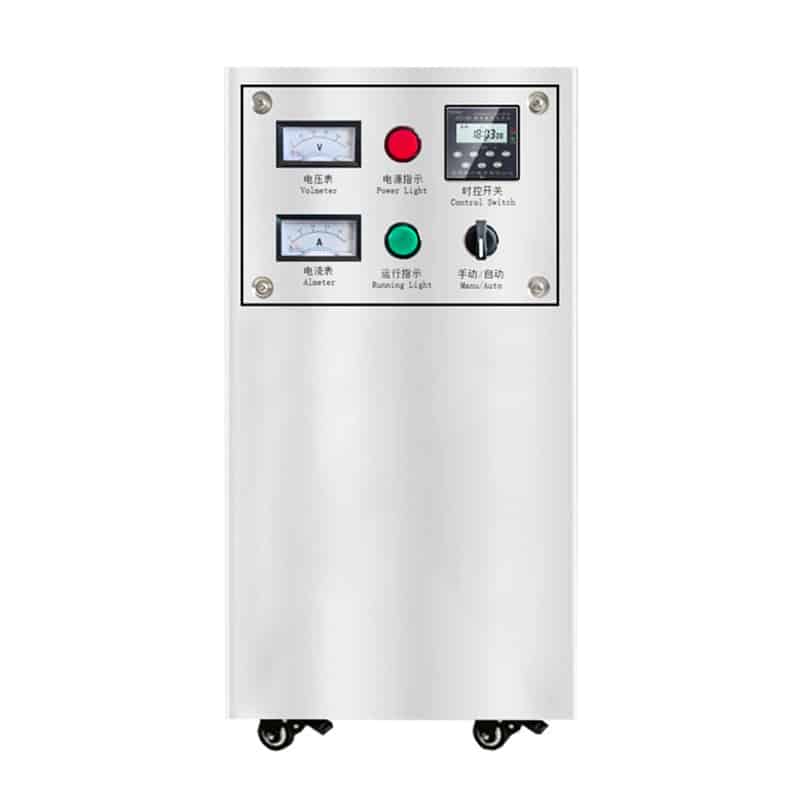Sewer water is the wastewater of the people in the community. It is the water that drains out of homes after being used for various purposes such as washing dishes, laundry, flushing toilets, and so on, hence the name sewer water. The used water flows out of the house through pipes installed during the plumbing process. Sewer water treatment has multiple critical roles. Not only does it help reduce our negative impact on the natural environment, it also plays a vital role in promoting the sustainable use of water resources, while also helping to protect the health of our human societies and ecosystems
Sources of Sewer Water
What is sewer water?
Sewer water, also known as wastewater or sewage, is the used water and waste materials that are discharged from homes, businesses, and industrial processes into the sewer system. It typically includes a mixture of water from various sources such as toilets, sinks, showers, laundry, and industrial activities. Sewer water can contain a wide range of contaminants, including organic matter, chemicals, pathogens, and pollutants. It also affects biodiversity, aquatic life, agriculture, and is a major contributor to eutrophication and increased biological oxygen demand (BOD).

Types of Sewer Water
- Domestic Wastewater: This is wastewater generated from households and buildings, including water from toilets, showers, handwashing, laundry, and other domestic sources. Domestic wastewater typically contains organic matter, pathogens, nutrients, soap, and various organic and inorganic waste materials.
- Industrial Wastewater: This is wastewater originating from industrial processes and manufacturing facilities. It often contains a variety of chemicals, organic compounds, heavy metals, oils, fats, acids, and alkalis, among other pollutants. The composition of industrial wastewater varies depending on the industry and processes involved.
- Stormwater: Stormwater refers to runoff from rainfall or snowmelt that flows over the surfaces of urban and metropolitan areas. Stormwater can carry sediments, pollutants, organic matter, and dissolved substances, typically originating from roads, rooftops, parking lots, and other urban surfaces.
These different types of sewer water require different treatment and management approaches to ensure they do not adversely impact the environment and public health. Typically, these water streams undergo treatment at wastewater treatment plants or similar facilities to remove or reduce contaminants before being safely discharged into the environment or utilized for recycling or reuse.
What is the difference between sewer water and wastewater?
The key difference between sewer water and wastewater is their origin and nature sewer water is typically the water flowing through the sewage systems within urban areas, while wastewater is a broader term encompassing water from various sources that is no longer needed or used. In many cases, sewer water is a specific type of wastewater.
Quality Of Water Contained In Sewerage Water
| Water Quality Parameters | Description |
| BOD | The amount of oxygen required for the degradation of organic matter in water. |
| COD | The amount of oxygen required for the oxidation of organic and inorganic substances in water. |
| TSS | Measures the total amount of suspended particulate matter in water. |
| Nitrogen Compounds | Includes ammonia nitrogen (NH3-N) and nitrate nitrogen (NO3-N), among others. |
| Phosphorus | Often includes phosphate (PO4-P). |
| pH | A measure of the acidity or alkalinity of water. |
| DO | The amount of oxygen dissolved in water. |
| Conductivity | A measure of the conductivity of water, which reflects the salinity and ionic content of the water. |
| Escherichia coli | Indicates possible bacterial contamination in water |
| Heavy metals in water | Includes lead (Pb), chromium (Cr), and cadmium (Cd). |
Sewer Water Treatment Process
Pretreatment
Filtration: Row sweage is first passed through a coarse screen, which removes large solids as well as matter and suspended matter. It then proceeds to use a fine screen to remove particles from the wastewater.


Primary Treatment
Sedimentation: Suspending the effluent so that suspended matter settles to the bottom and forms primary sludge. This process helps to remove larger suspended solids and some organic matter for solid-liquid separation.
Floating removal: Removes froth and grease from the water table.
Biological Treatment
Organic matter in wastewater is converted to a stable form by biological activity that produces secondary precipitation. Common methods include trickling filters, aerobic digestion, anaerobic wastewater treatment, and activated sludge.
Activated sludge treatment: Sewer water is mixed with activated sludge containing microorganisms (usually bacteria). The microorganisms break down the organic matter, converting it into carbon dioxide, water and more biological sludge.
Aeration tanks: Microbial growth and decomposition of organic matter is promoted by injecting oxygen into the water.
Clarifier: Sewage sludge water from sludge, clear water flows out the top, and the remaining sludge is used for the next step of treatment or disposal.
Chemical Treatment
Chemical treatment: Adding chemicals to remove specific contaminants, e.g., using chloramine for sanitization.
Ultrafiltration and reverse osmosis: Use membrane technology to remove tiny particles and dissolved materials.
Ozone oxidation: Uses ozone gas to remove difficult to degrade organics and odors. In wastewater treatment, ozone is a strong oxidizing agent and can be used in ozone generators to reduce COD and BOD in organic matter.

Residual Sludge Treatment
Sludge thickening: Thickening of sludge to reduce its volume, for example, compressed into sludge cake.
Digestion: The sludge is further broken down in a digester to reduce its volume and organic content.
Dewatering: Reduction of water content in sludge by mechanical dewatering or filter press to facilitate disposal or sludge incineration.
Treated water can be safely released into a body of water (e.g., river, lake, ocean) or used for reuse, e.g., for agricultural irrigation, industrial use, or water supply systems.
Importance of Sewer Water Treatment
- Environmental protection
- Prevention of disease transmission
- improvement of water quality
- Prevention of water wastage
- Supporting urban development
Summary
Sewer water treatment plays a vital role in many ways. By effectively treating wastewater, we are able to reduce adverse impacts on the natural environment while promoting sustainable water management and protecting human and ecosystem health.
KUOSI is a leading manufacturer in the water treatment industry, our extensive product line includes belt filter press, paddle dryer, dissolved air flotation machine, roots blower, sodium hypochlorite generator, dosing system. We have a professional technical team, please feel free to contact us to provide a comprehensive solution for your water treatment needs.
